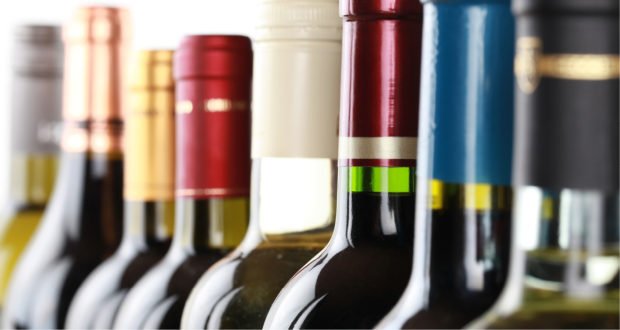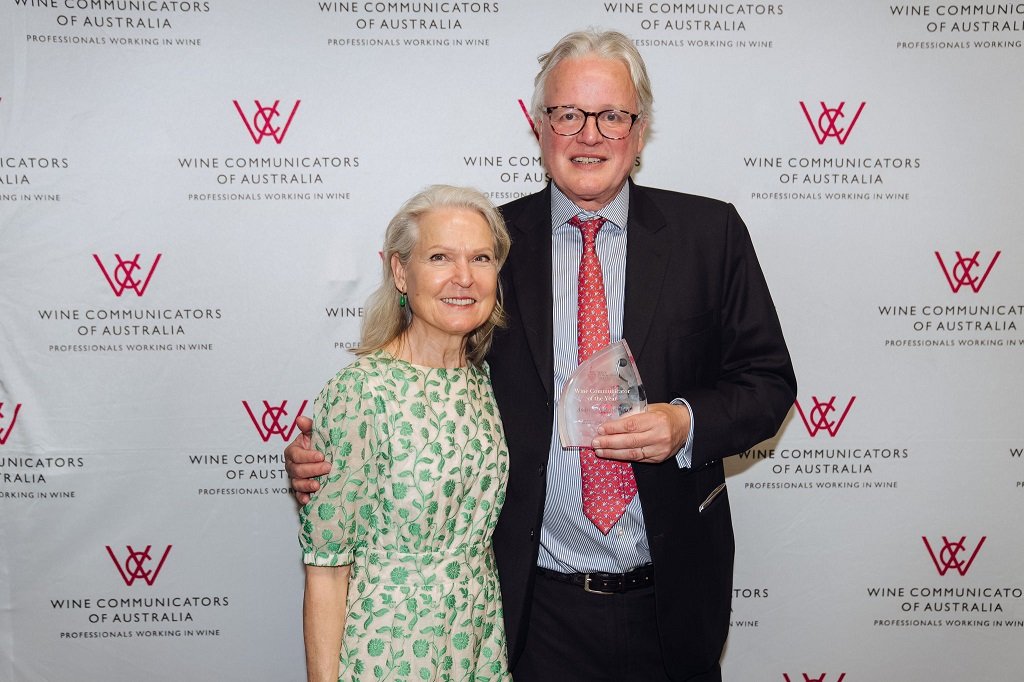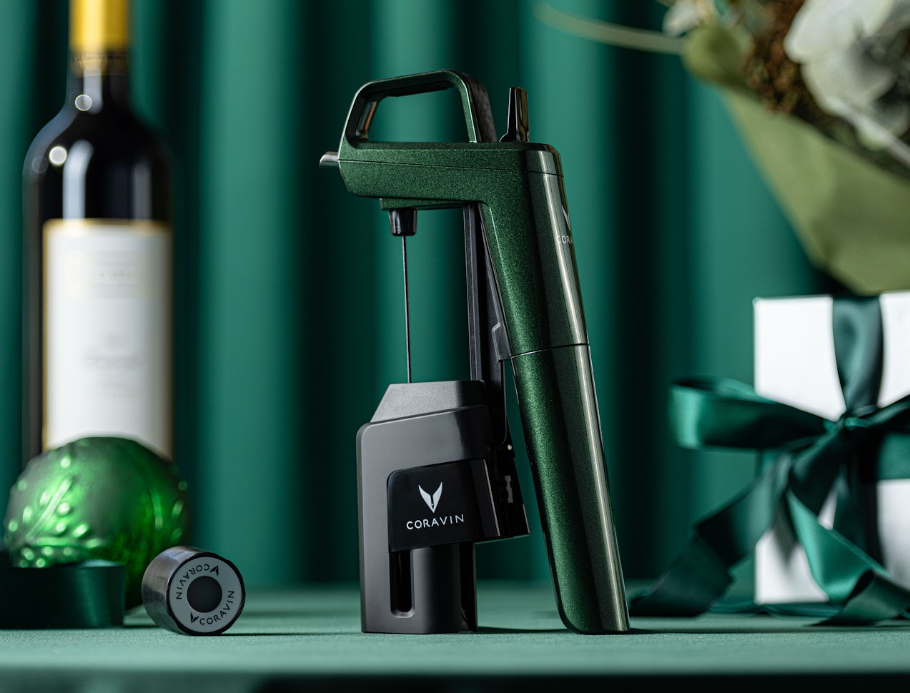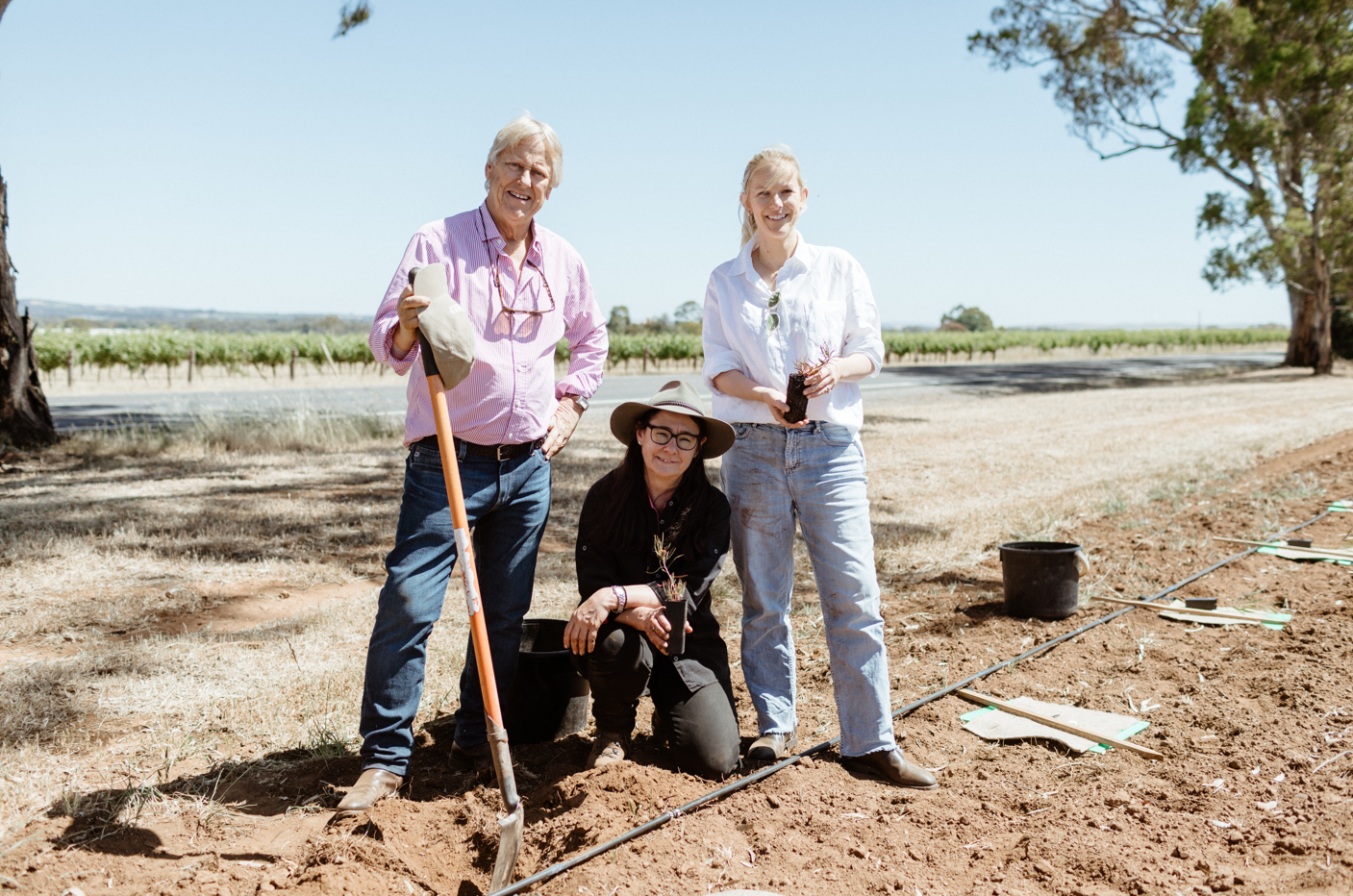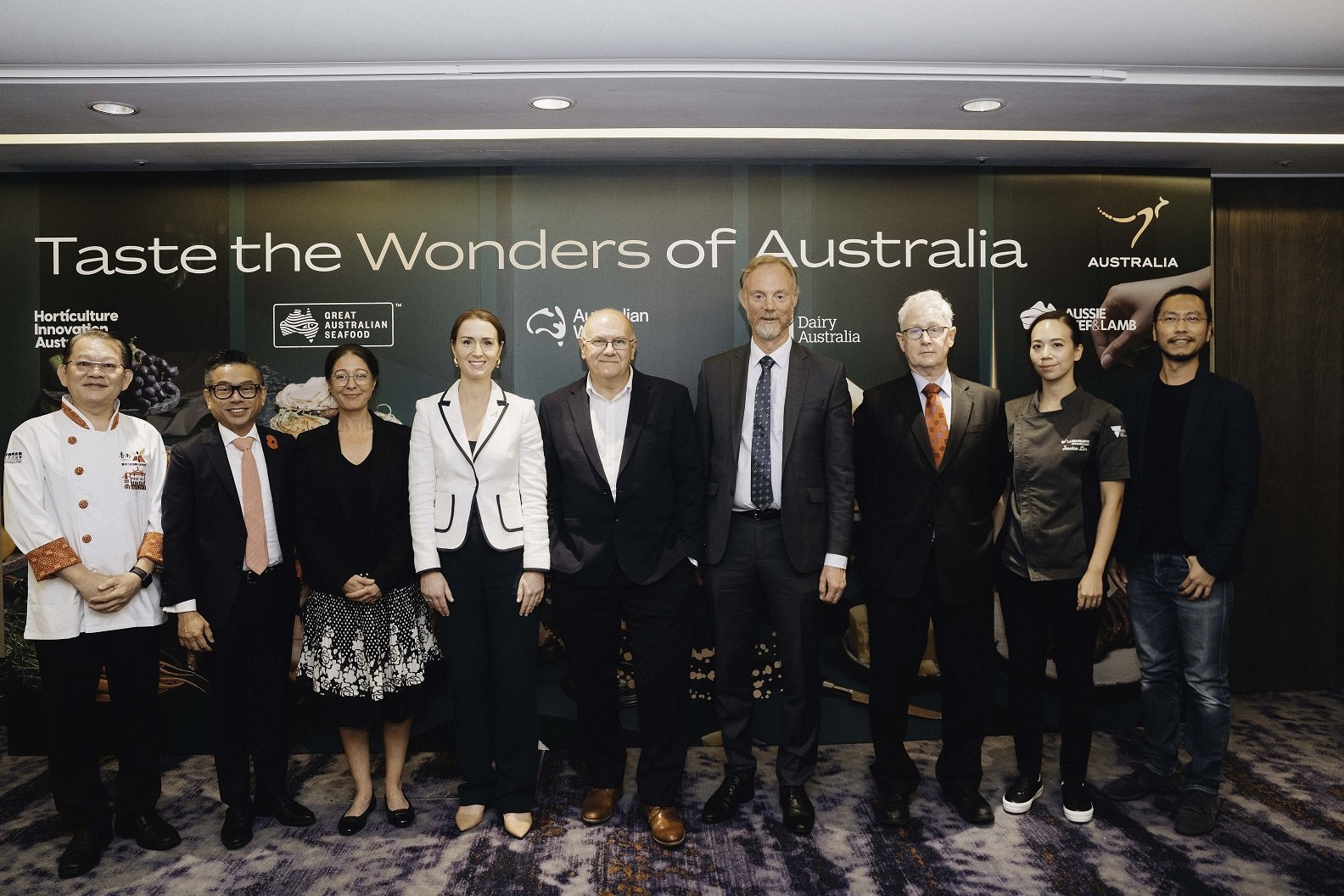Australia's hottest summer on record could lead to higher prices for wine as grape yields drop to the lowest levels since 2011.
Perth-based wine broker Peter Briggs told Reuters that bulk grape prices have already surged by about a fifth, putting pressure on winemakers who don't run their own vineyards. He predicts winemakers will find it difficult not to pass on price rises to customers, especially bulk buyers overseas.
And that could mean loss of business.
"A lot of the bigger players don't care where they get the wine from as long as they can get it at a (good) price," he said.
Bob Franchitto, managing director of Salena Estate in Loxton told ABC News wine grape price rises were concerning: "We are probably seeing an increase of 20 to 25% on last year … it's perhaps a bigger increase than what the market can absorb long term, or the Australian industry can absorb in a medium, long-term future … it's a pretty big jump all of a sudden.
"I think it's going to be much tighter margins for us producers, exporters and wineries because there is no way that we can increase our pricing by 20% and remain competitive."
The weaker grape yield follows Wine Australia reporting last year that many producers in Europe and South America had harvested a bumper crop.
Argentina hauled in an estimated 2.55 million tonnes, after three smaller-than-average vintages in a row. This saw it return to fifth place on the world wine production table, overtaking Australia.
Chile had a reported wine crush of 1.3 billion litres or around 1.85 million tonnes – 36% more than in 2017.
Spain was predicted to produce close to 6 million tonnes, its highest crop since 2013 and 7% above the 10-year average.
France was also expecting an above-average crop – more than 6.5 million tonnes (4.7 billion litres), which would see it back at the top of the production rankings by volume.
In January, Rabobank forecast Australia's total grape crush would fall about 5% from the year before to 1.7 million tonnes, but heatwave conditions since then are estimating it will be around 1.6 million tonnes at best.
"The general consensus is things are pretty grim," said Greg Knight, a grower in the Barossa Valley. region, a premier winemaking area in the state of South Australia.
"You just could not keep the water up to the vines," said winemaker Neil McGuigan, chief executive of Australian Vintage, during a conference call last week.
"Together with the frost that occurred on some of our vineyards in October last year, we are expecting that our vineyard yields will be at least 10% below expectation," McGuigan added.
Lack of water in the Murray Darling Basin has also led to driven a surge in the price of water entitlements for growers.
However, Treasury Wine Estates said it did not generally forecast the quality of its vintages but was "really encouraged" this year.
Share the content
